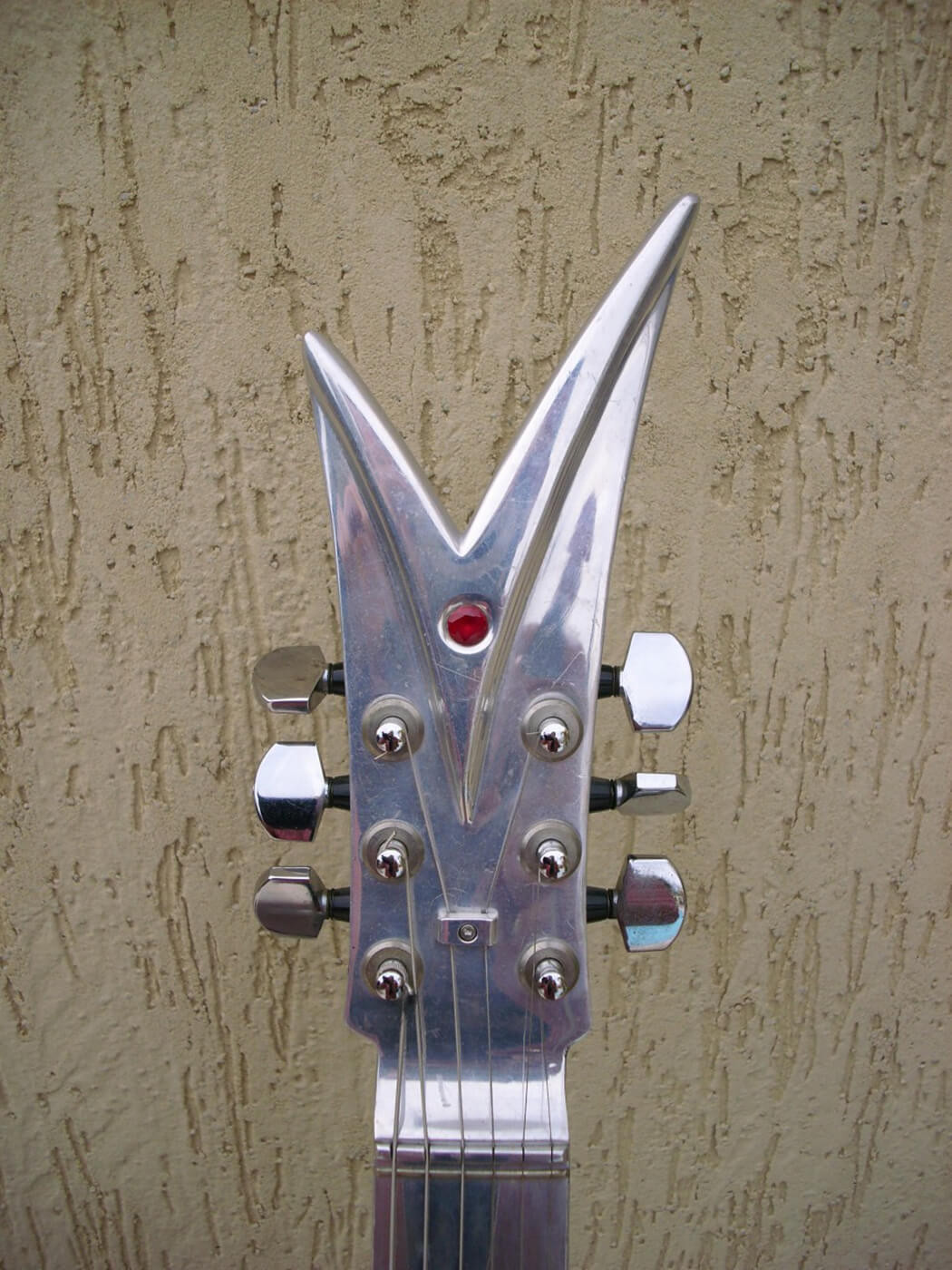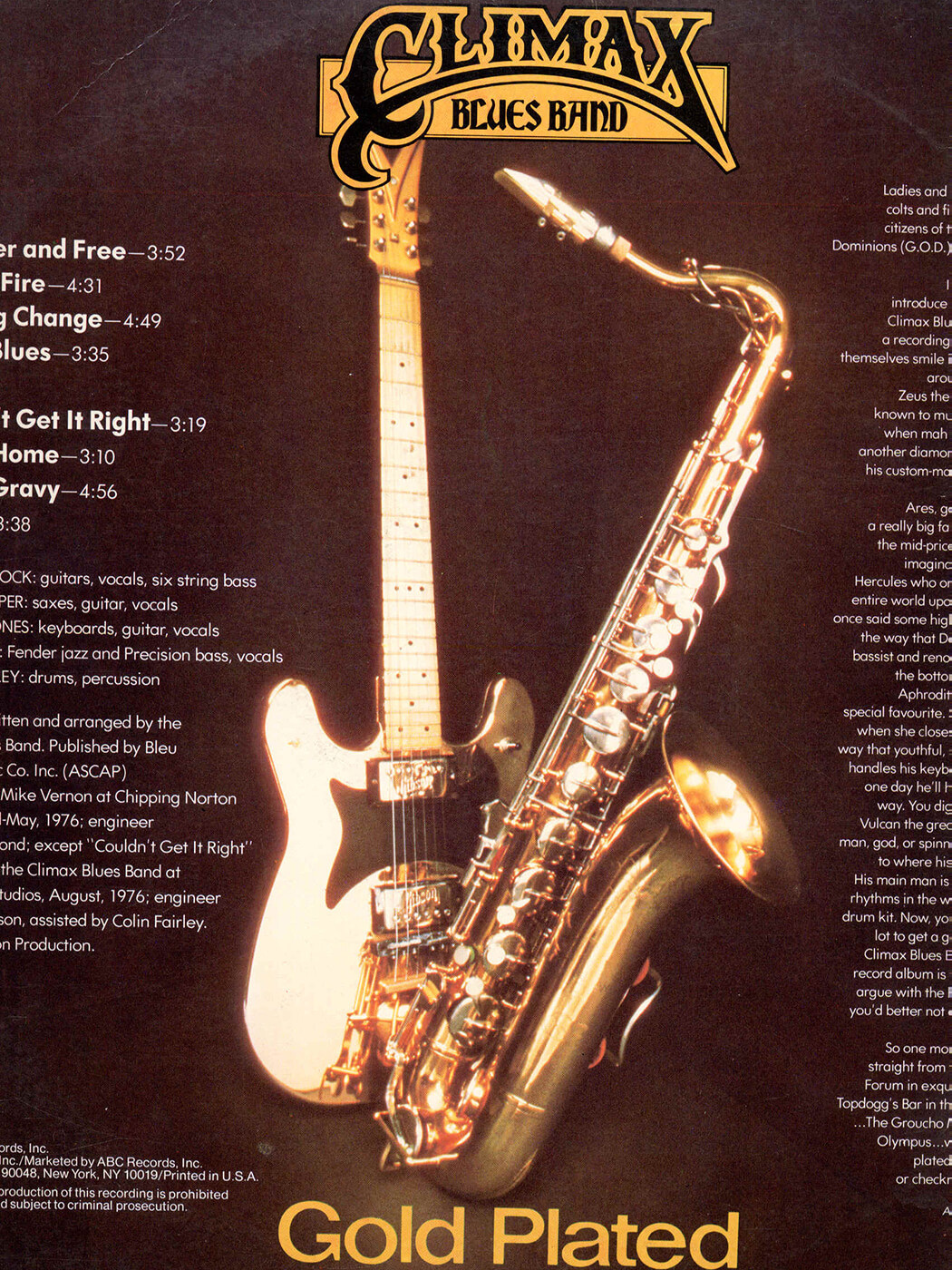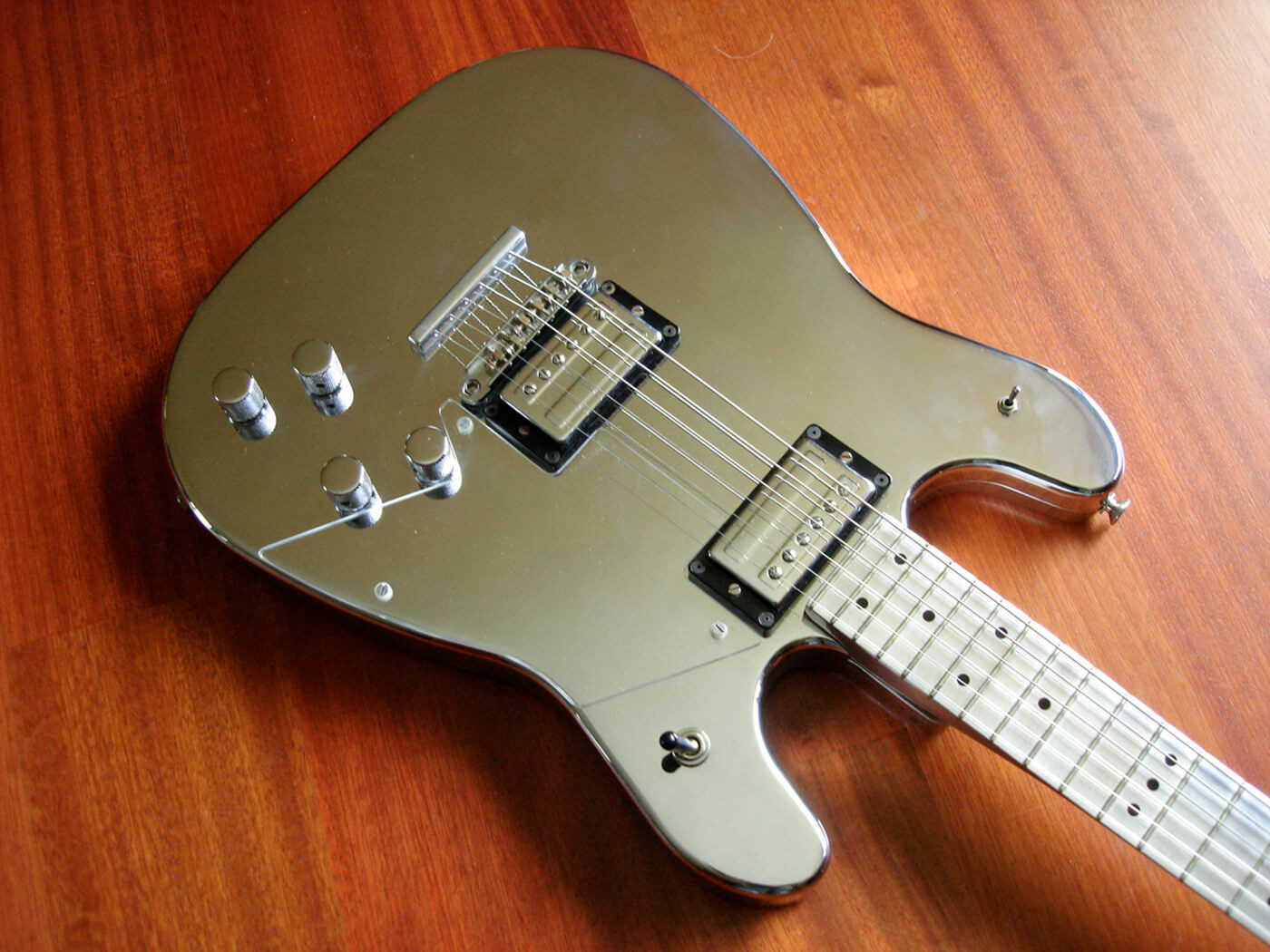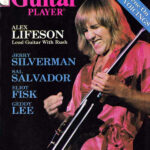Most guitars are crafted from wood, a tradition deeply rooted in musical history. However, innovation often arises from challenging conventions, and the world of guitar making is no exception. While we’ve witnessed guitars constructed from unconventional materials like carbon fiber and even epoxy-coated crayons, these are often seen as novelties. But the story of the Veleno Guitar, a meticulously crafted instrument made of solid aluminum, is different. It’s a tale of engineering ingenuity meeting musical passion, resulting in a guitar that achieved cult status among a diverse range of discerning artists.
In the late 1960s, John Veleno, a master machinist and manufacturing engineer, embarked on a unique guitar-building journey. His expertise wasn’t in traditional luthier techniques, but in shaping aluminum for the demanding aerospace industry. Based in St. Petersburg, Florida, Veleno’s primary job involved constructing aluminum electrical housings for space shuttles launched from nearby Cape Canaveral. This background in precision metalwork would become the foundation for his groundbreaking guitars.
Beyond his engineering career, Veleno was also a passionate musician who taught guitar. Combining his professional skills with his musical interests, he began experimenting with aluminum as a guitar-building material. One of his early projects was a guitar-shaped mailbox made from billet aluminum, a clever, ordinance-bypassing way to advertise his guitar lessons. This inventive spirit culminated in his first handmade guitar, constructed entirely from aluminum between 1966 and 1967. Initially built for his personal enjoyment, this prototype Veleno guitar was later set aside, little did he know it was the genesis of a legend.
 Close-up of a Veleno guitar showcasing its unique aluminum body and construction
Close-up of a Veleno guitar showcasing its unique aluminum body and construction
From Local Gigs to Legendary Stages
The trajectory of the Veleno guitar changed when a friend recognized the instrument’s potential and introduced Veleno to costume designers working with prominent artists like Jimi Hendrix and Sonny & Cher. Encouraged by this newfound interest, Veleno began showcasing his aluminum creation at local gigs. Jorge Santana, brother of Carlos Santana, was among the first to experience the guitar. He was captivated by its unique qualities but suggested a modification to the headstock, favoring a Gibson-style 3×3 design over the Fender-esque 6-in-line style. This feedback led to the development of the signature Veleno headstock, a distinctive “V” shape, each adorned with a striking ruby at its center.
By the early 1970s, Veleno was building guitars for other musicians. The bodies of these instruments started as substantial 17-pound blocks of 6061 aluminum, meticulously machined down to a mere two and a half pounds. The finished Veleno guitar typically weighed around 8 pounds. Employing a two-piece hollowbody construction, joined seamlessly at the center without visible external fasteners, the body pieces were ingeniously held together by the bridge and neck joint screws. Each body was machined from a single, solid piece of aluminum, eliminating welds and bends, resulting in exceptional strength and resonance.
 Side view of a Veleno guitar highlighting its sleek aluminum neck and body profile
Side view of a Veleno guitar highlighting its sleek aluminum neck and body profile
The necks of Veleno guitars were equally innovative, carved from a single piece of Almag 35 aluminum – chosen for its superior corrosion resistance. These necks were bolted onto the aluminum body and featured standard fret wire glued into fret slots. Early models had 21 frets, but most settled on 22. Interestingly, the neck profile mirrored that of a standard Fender Stratocaster, offering a familiar feel to many players. The inherent rigidity of the aluminum construction eliminated the need for a truss rod, a testament to Veleno’s engineering approach. While the aluminum necks were somewhat heavier, contributing to a slight imbalance, this was a minor trade-off for the instrument’s unique sonic and structural properties.
During what is now known as the “Original Run,” John Veleno handcrafted between 195 and 200 Veleno Originals between 1970 and 1977. While other models were produced, the “Original” remains the most coveted. He even crafted at least one bass guitar. Remarkably, Veleno built these instruments in his spare time, after his full-time job, essentially making Veleno Guitars a passion project. It’s unlikely he envisioned the cult following and collectible status his creations would eventually achieve.
 Front view of a Veleno guitar showcasing its polished aluminum finish and distinctive headstock
Front view of a Veleno guitar showcasing its polished aluminum finish and distinctive headstock
The aesthetic of the Veleno Original exhibited subtle variations. Some leaned towards a “double-cutaway Telecaster” shape, while others resembled a Les Paul Junior. Finishes varied as well, from polished aluminum to chrome plating, and even a gold-plated model with three humbucker pickups, famously owned by Todd Rundgren. Anodized colors were also employed on some models. Hardware and electrical components were not standardized, reflecting Veleno’s resourceful approach. He utilized Tune-O-Matic or Guild bridges at times, but often crafted his own. Veleno guitars consistently featured humbucker pickups, sourced from Gibson, Guild, DeArmond, or DiMarzio, depending on the production era.
Originally priced at $600 (approximately $3100 adjusted for inflation), Veleno managed to keep production costs down by handling every aspect of the guitar building process himself, operating without employees, overhead, or engineers. Anecdotes suggest he even assembled guitars in his living room while watching television, further emphasizing the personal and hands-on nature of his operation.
 Close-up of a Gold Plated Veleno Guitar highlighting its luxurious finish and ruby inlay on the headstock
Close-up of a Gold Plated Veleno Guitar highlighting its luxurious finish and ruby inlay on the headstock
Veleno Guitars: A Star-Studded Legacy
The Veleno Original quickly gained traction among prominent musicians, becoming a favorite of Eric Clapton, Marc Bolan, Lou Reed, The Cars, Gregg Allman, Johnny Winter, Ace Frehley, John Lennon, and countless others. Today, Veleno guitars occasionally surface on the secondhand market, commanding prices between $20,000 and $30,000, and are highly sought after by collectors. The direct sales to iconic musicians further cemented their historical significance and contributed to their high resale value.
Their stage popularity stemmed from their resilience to the elements and exceptional durability, making them ideal for touring. The inherent rigidity of the aluminum also made them a valuable and reliable asset in recording studios. Steve Albini and Todd Rundgren utilized Veleno guitars extensively in the studio. Notably, Kurt Cobain famously used one on Nirvana’s “Very Ape,” a guitar borrowed from Albini.
 Musician holding a Veleno guitar on stage, showcasing its stage presence and unique design
Musician holding a Veleno guitar on stage, showcasing its stage presence and unique design
Beyond structural advantages, Veleno guitars offered a distinct tonal character compared to their wooden counterparts. The tone is often described as sharp and articulate, with significantly more sustain than traditional wood guitars. This expanded sonic palette made the Veleno guitar a compelling tool for artists seeking to push beyond the boundaries of classic rock. More than just a collector’s item, the Veleno guitar became a vital instrument for the burgeoning new wave and alternative rock movements.
The Veleno Originals undeniably earned their “Original” moniker, representing a true innovation in guitar design and construction. While John Veleno has passed away, his legacy as a master metal craftsman and visionary guitar builder endures, forever linked to the unique and highly prized Veleno guitar.

